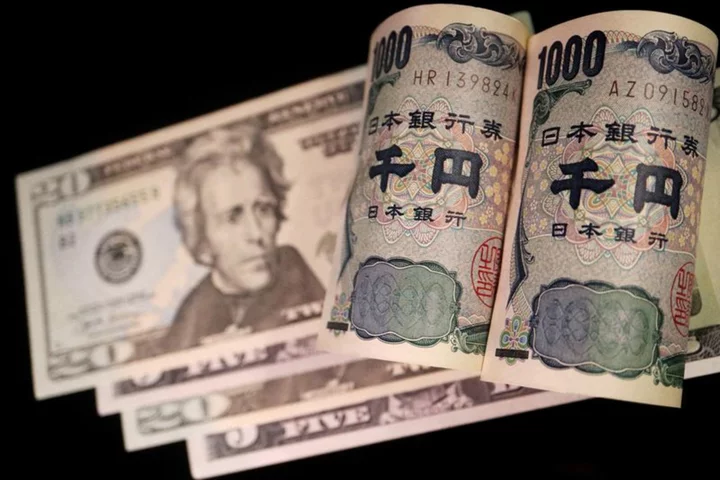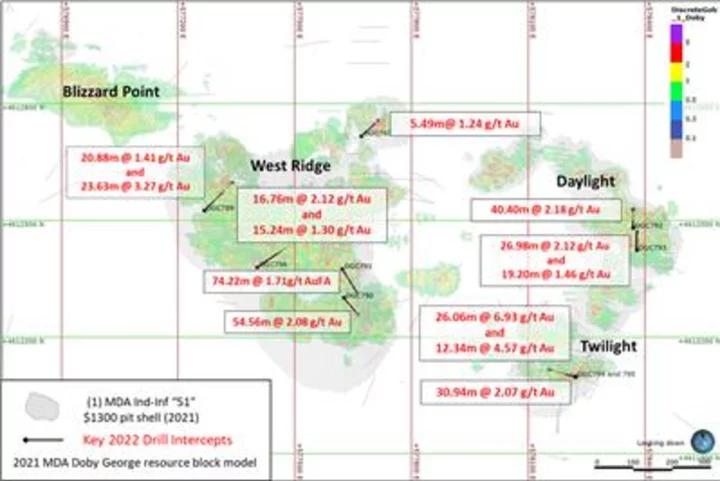By Rae Wee
SINGAPORE The yen fell on Friday after the Bank of Japan (BOJ) maintained its ultra-loose monetary policy stance in a keenly awaited rate decision, while the dollar stood near a six-month peak on the prospect of higher-for-longer U.S. rates.
The Japanese currency fell nearly 0.4% against the dollar after the BOJ kept ultra-low rates and its dovish guidance on future monetary policy, even as Governor Kazuo Ueda had earlier this month said the BOJ could have enough data by year-end to determine whether it can end negative rates.
The yen last bought 148.02 per U.S. dollar.
Against the euro, the yen fell close to 0.2% and stood at 157.58.
Sterling similarly eked out a 0.23% gain against the Japanese currency to trade at 180.50 yen.
Data earlier on Friday showed Japan's core inflation was steady in August and stayed above the central bank's 2% target for a 17th straight month.
The yen had fallen to a 10-month low in the previous session on the back of elevated U.S. Treasury yields, after a hawkish pause by the Federal Reserve on Wednesday sparked a selloff in the bonds.
Japan's Finance Minister Shunichi Suzuki said on Friday he would not rule out any options on currencies, warning against yen sell-off that would hurt trade-reliant Japan.
The 10-year U.S. Treasury yield, which the dollar/yen pair tends to track, peaked at 4.5040% on Friday, its highest since 2007, while the two-year Treasury yield was last at 5.1352%, after having scaled a 17-year top of 5.2020% on Thursday. [US/]
The U.S. dollar likewise rode Treasury yields higher and against a basket of currencies, the greenback gained 0.11% to 105.51, not far from the previous session's six-month high of 105.74.
The Aussie edged 0.01% higher to $0.6417, though was headed for a weekly loss.
The New Zealand dollar dipped 0.01% to $0.5931, though eyed a weekly gain of more than 0.5%.
While the Fed kept interest rates steady this week, it signalled the possibility of another hike this year, with rates to be kept significantly tighter through 2024 than previously expected.
"We like the U.S. dollar given this backdrop," said Ray Sharma-Ong, investment director of multi-asset solutions at abrdn.
"The U.S. dollar will do well, supported by the hawkishness of the Fed, the reduction in the expected number of rate cuts the Fed will deliver in 2024, U.S. growth resiliency and our expectations of slower growth in the Euro area relative to the U.S."
The euro slipped 0.13% to $1.0649, having fallen to a six-month low of $1.0617 in the previous session.
Sterling was meanwhile 0.15% lower at $1.22765, having similarly slid to a roughly six-month low of $1.22305 on Thursday, after the Bank of England (BoE) halted its long run of interest rate increases a day after Britain's fast pace of price growth unexpectedly slowed.
That marked the first time since December 2021 that the BoE did not increase borrowing costs and left traders scaling back their expectations of further rate increases by the central bank.
"With inflation seemingly falling but still very elevated, and with growth almost stagnant, markets were likely going to find any decision fell short of what was needed, unless the bank was decisive in its hawkish stance, delivering a hike and guaranteeing more to come," said Daniela Hathorn, senior market analyst at Capital.com.
(Reporting by Rae Wee; Editing by Christopher Cushing)









